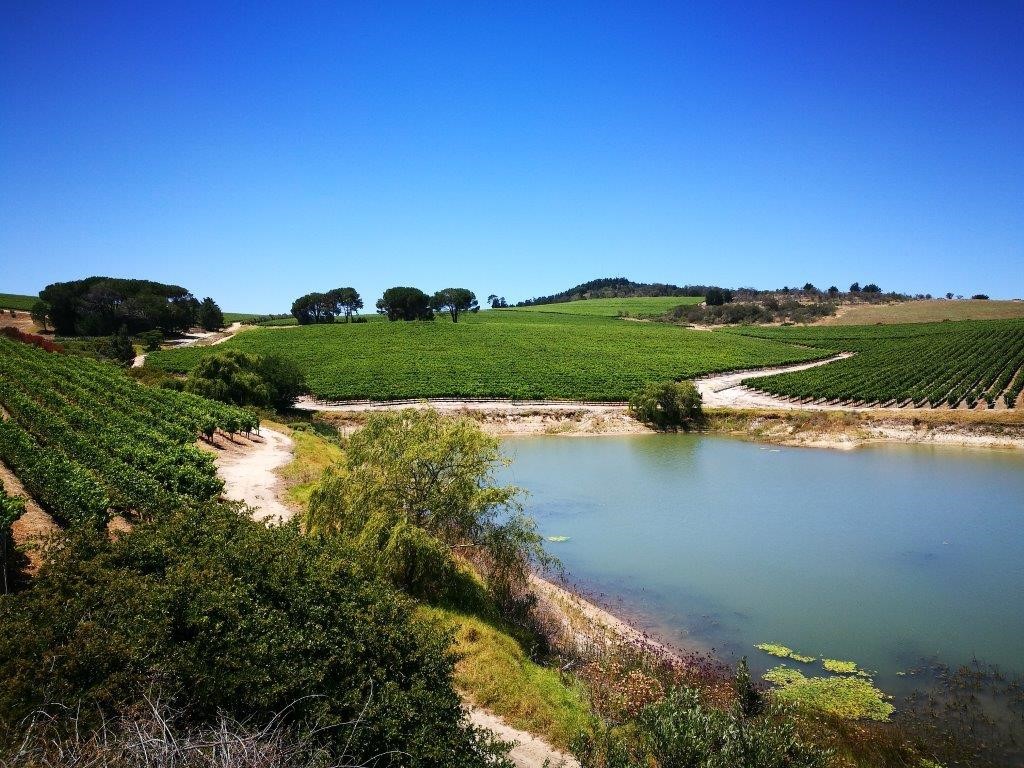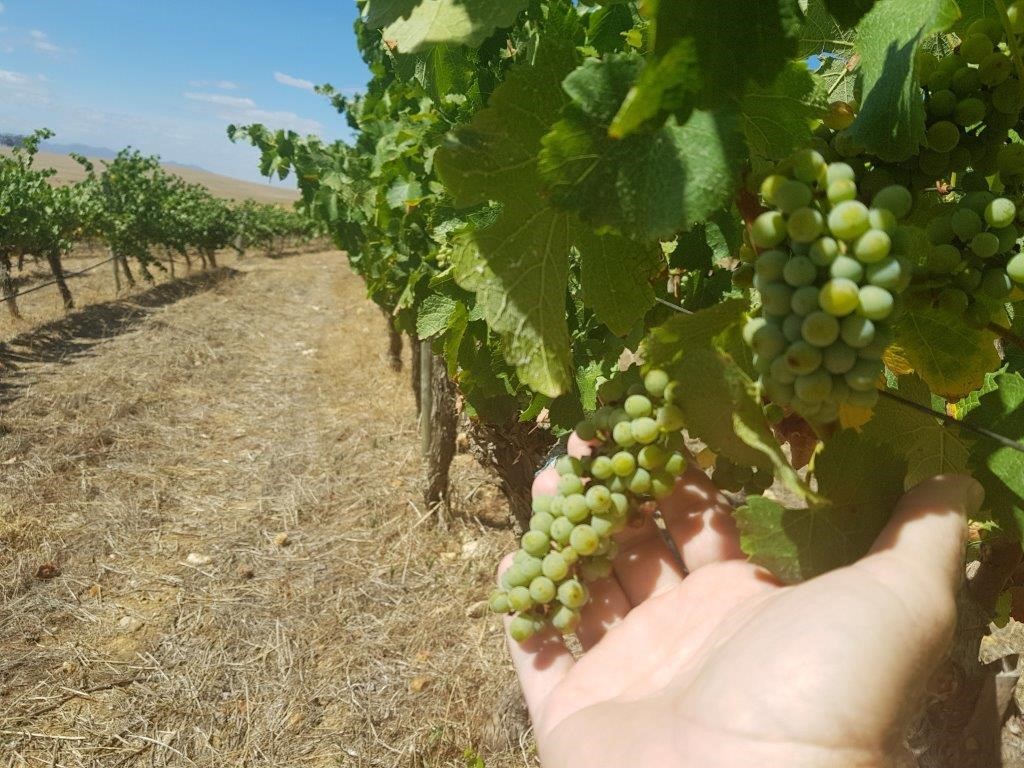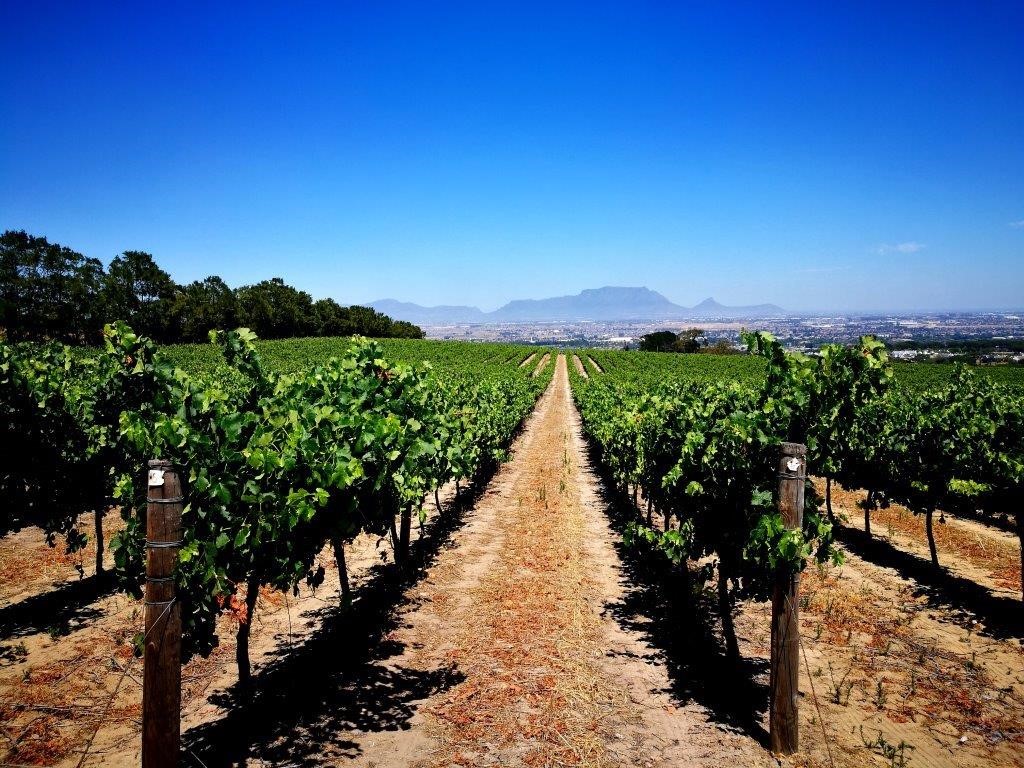PREVIEW OF HARVEST 2018
Years swing by so swiftly, it seems like yesterday harvest 2017 finished; yet, 2018 has already started with bubbly producers taking in the first grapes during the second week of January – around a week later than last year.
There’s much more to keep viticulturists and winemakers on their toes than a delayed start to 2018; the drought that’s been biting the Western Cape over the past three years has now reached epic proportions, with Cape Town itself threatened to run dry by end April on current calculations.
Although drought is the main story, each region is affected differently. A tentative overview of the pre-harvest situation from a few producers scattered across the winelands follows.

The relatively good news is a good place to start.
Andries Burger, winemaker at Paul Cluver Estate Wines confirms they have sufficient water storage thanks to the higher requirement of their majority crop of apples. The need for irrigation anyway has been delayed by spring rain exceeding that of 2017, though things could get difficult towards end of harvest if winter rains are later and lower than normal. Burger anticipates a normal crop, ready at least a week later than last year.
Further south, in Hemel-en-Aarde, Gordon Newton Johnson, winemaker at Newton Johnson Vineyards, admits; ‘Hermanus has been operating in a bit of a bubble, thanks to 700mm of rain in 2017.’ He does add Level 1 water restrictions have been introduced recently. Colder winter conditions than the past three years saw a more familiar budding pattern, starting in September. Continuing cooler weather has kept growth under control, while crop control for quality in dry conditions is practised according to individual vineyard needs; overall, it’s slightly below average. With no threat of disease to date, Newton-Johnson hopes for a stress-free time with the sorting table and a starting date not earlier than 1st February.

Moving north-west to Stellenbosch, Gary Jordan comments despite the dry season, the odd rain showers have come at the right time; ‘We’ve not irrigated as yet, as we’re saving our water for veraison; but once this happens we’ll have enough only for some vineyards.’ Controlling the vines via strict suckering and smaller canopies, as well as ensuring a mulched but totally weed-free surface helps prevent excessive water usage or evaporation and not too much vine stress.
Harvest is due to start around the second week of February, a week later than usual. For now, Jordan says berries and bunches (on older blocks) are smaller, with bunch weights much lower on average.
If any area is likely to be suffering the effects of drought, it’s the Swartland, an inland area north of Cape Town, where it gets searingly hot in summer and many of the vineyards are dry-grown, ie without access to irrigation. ‘It’s now three years in a row of managing on lower than normal rainfall; naturally we’re all worried about the drought,’ acknowledges Chris Mullineux. It’s here Mullineux and his wife, Andrea, produce wines under their eponymous name.
Mullineux says while a few of their younger, dry-farmed vineyards are showing some stress, most seem to be doing relatively well so far. They are helped by lower yields, either natural, or where the couple have dropped significant crop, and one or two short spells of rain.
As in other regions, harvest looks to be delayed by a week to 10 days; ‘But all depends on the weather over the next four weeks.’ On a brighter note, Mullineux confirms all indications are it will be a really good vintage; berries are small and there’s absolutely no disease.

Francois Haasbroek of Blackwater, buys in fruit from a wide variety of areas, so fills in a few gaps to complete this preview.
Despite rainfall being down around 50% of mean average, coastal vineyards of Darling and Durbanville again benefit from the ocean’s cooling effect. A few wet spells in spring and cooler night temperatures have helped with a pretty healthy looking crop on Haasbroek’s dryland, old-vine Cinsaut; ‘Age and dry-farming assist resistance to drought,’ he reckons, but acknowledges in reference to Bloemendal (Durbanville), ‘Foliage and crop are down as compared to 2016 and 2015.’
Inland, it’s a different story. ‘The Robertson area is totally bound to irrigation,’ explains Haasbroek, ‘Many farmers put their hopes on splitting their water between all the blocks, others focus on varieties providing the greatest monetary value.’
It’s even worse in some other areas. In Piketberg, at the northern end of the Swartland, Haasbroek reports; ‘It’s very, very, very dry. The farmers there literally need to decide what gets water and what dies. There was no use in dropping crop to assist the vines, as they shed grapes during flowering anyway. It’ll be a very tough vintage for the grapegrowers there and will likely see more vineyard blocks getting mothballed or ripped out.’
This is a preview from a handful of producers; things can change but a significantly lower crop is a certainty. More than ever, picking times and vinification will require an individual, specific approach if quality is to be the end result, which is ultimately what matters most.
-Angela Lloyd